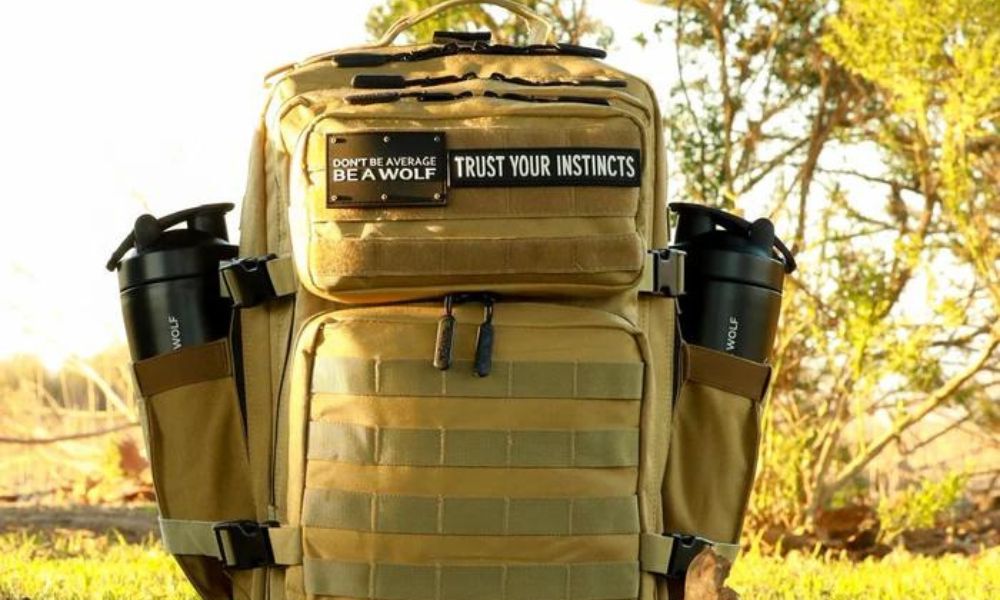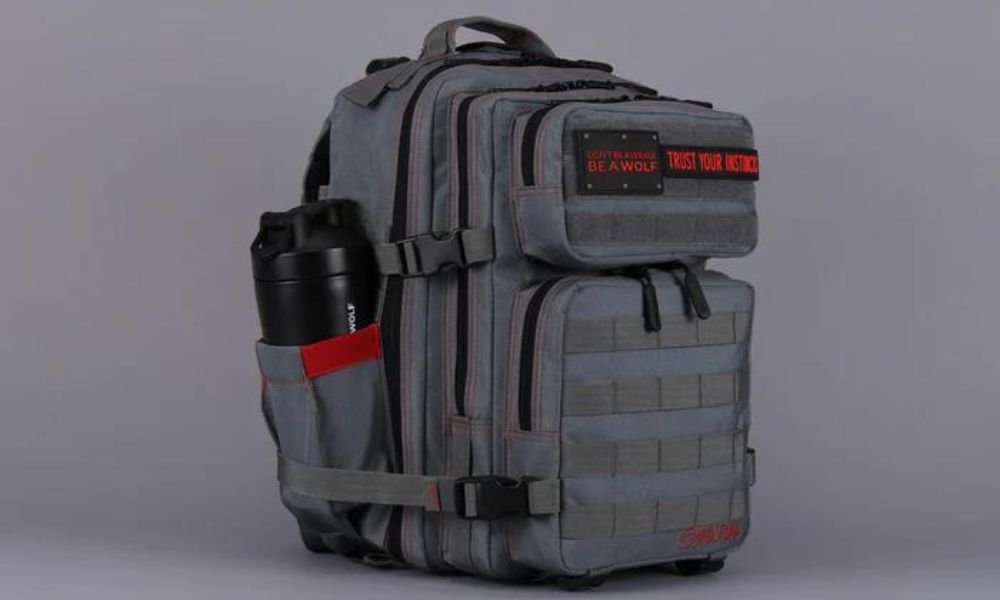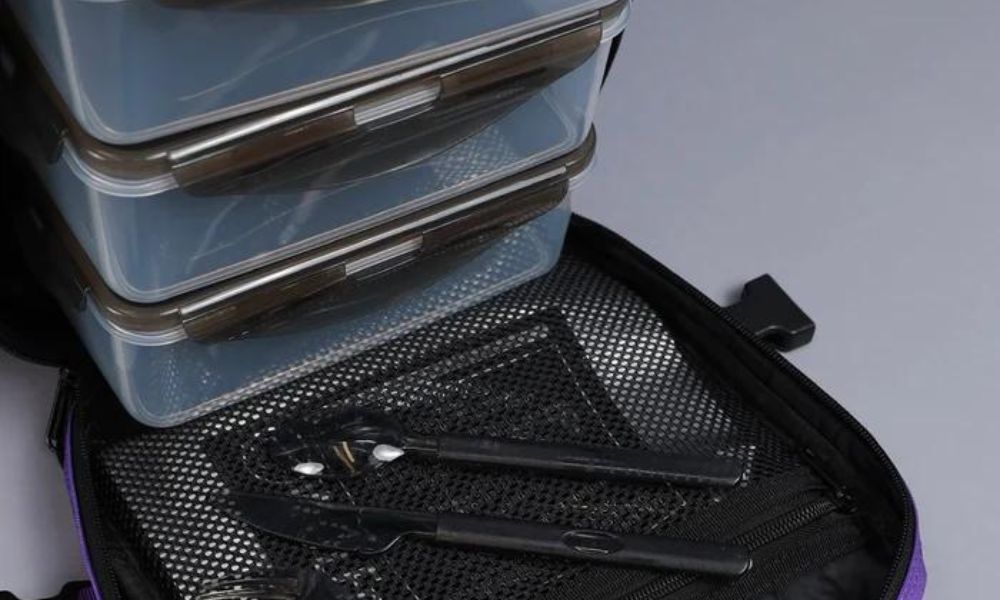キャンプやハイキングで森の中を歩くときは、タクティカル・バックパックにサバイバル用品をすべて入れておくことが重要だ。自然な直感はあらゆるものを持参することを望むかもしれないが、背骨があなたに吠えることも望まない。バックパックは快適さと機能性のバランスを保つべきであり、タクティカル・バックパッカーの適切なパッキング方法を知ることは、その均衡を見つけるのに役立ちます。
自分の希望とニーズを知る
タクティカルバックパックに荷物を詰める前に、必要なものと欲しいものを区別することが重要です。必要なものには、基本的なサバイバルに必要なものが含まれます。タクティカル・バックパックをパッキングする際には、最悪のシナリオを想定しておかなければならない。一方、ウォンツは、必需品と一緒に入れておきたいが、なくても生きていけるアクセサリーです。
必需品
食料と水
直火で調理するストレスを軽減するために、すぐに食べられるスナックや食事を持っていこう。サンドイッチ、プロテインバー、ジャーキーなどがその一例。生のフルーツはすぐに腐ってしまうので、ドライフルーツやナッツ類を持っていくのもよい。また、十分な水分補給のために、トレッキング中は2時間ごとに1リットルの水を飲むこと。
衛生面
動物たちと数日間一緒に暮らすとはいえ、悪臭を放つのは避けたいもの。衛生用品のカタログをすべて持ってくる必要はないが、口の中を爽やかに、体を清潔に保ちたいものだ。
刃物
食事を作ったり、火をおこしたり、研いだ刃が必要な作業をするために多目的ナイフが必要だ。また、草木を伐採したりテントを張ったりするために斧を持参してもよい。これらのアイテムは、ペッパースプレーやスタンガンとともに、攻撃者を撃退する必要がある場合に重宝する。
シェルター
野生で生き延びたいなら、適切なシェルターが最も重要だ。耐候性のテントがあれば、荒れ狂う天候から身を守りつつ、快適に過ごすことができる。テントのサイズは、同行する人数によって異なる。単独行動なら、巨大なテントを用意する必要はない。
救急箱
特に医療施設から遠く離れた田舎に行く場合は、何をするにも安全を第一に考えるべきだ。火傷や蜂に刺されるなどの災難に見舞われたとき、救急箱があれば安心だ。小売店で購入できるキットにこだわる必要はなく、自分が最も必要だと思うアイテムで自分だけの救急キットを作ることもできる。さらに、スマートフォンなどのナビゲーション機器もあると、緊急時に役立つ。
照明用品
ネアンデルタール人のように火をおこすのも楽しいが、荷造りするほうが効率的で頭痛の種にもならない。
自分の希望とニーズを知る
タクティカルバックパックに荷物を詰める前に、必要なものと欲しいものを区別することが重要です。必要なものには、基本的なサバイバルに必要なものが含まれます。タクティカル・バックパックをパッキングする際には、最悪のシナリオを想定しておかなければならない。一方、ウォンツは、必需品と一緒に入れておきたいが、なくても生きていけるアクセサリーです。
必需品
食料と水
直火で調理するストレスを軽減するために、すぐに食べられるスナックや食事を持っていこう。サンドイッチ、プロテインバー、ジャーキーなどがその一例。生のフルーツはすぐに腐ってしまうので、ドライフルーツやナッツ類を持っていくのもよい。また、十分な水分補給のために、トレッキング中は2時間ごとに1リットルの水を飲むこと。
衛生面
動物たちと数日間一緒に暮らすとはいえ、悪臭を放つのは避けたいもの。衛生用品のカタログをすべて持ってくる必要はないが、口の中を爽やかに、体を清潔に保ちたいものだ。
刃物
食事を作ったり、火をおこしたり、研いだ刃が必要な作業をするために多目的ナイフが必要だ。また、草木を伐採したりテントを張ったりするために斧を持参してもよい。これらのアイテムは、ペッパースプレーやスタンガンとともに、攻撃者を撃退する必要がある場合に重宝する。
シェルター
野生で生き延びたいなら、適切なシェルターが最も重要だ。耐候性のテントがあれば、荒れ狂う天候から身を守りつつ、快適に過ごすことができる。テントのサイズは、同行する人数によって異なる。単独行動なら、巨大なテントを用意する必要はない。
救急箱
特に医療施設から遠く離れた田舎に行く場合は、何をするにも安全を第一に考えるべきだ。火傷や蜂に刺されるなどの災難に見舞われたとき、救急箱があれば安心だ。小売店で購入できるキットにこだわる必要はなく、自分が最も必要だと思うアイテムで自分だけの救急キットを作ることもできる。さらに、スマートフォンなどのナビゲーション機器もあると、緊急時に役立つ。
照明用品
ネアンデルタール人のように火をおこすのも楽しいが、荷造りするほうが効率的で頭痛の種にもならない。
共有する














コメントを書く
このサイトはhCaptchaによって保護されており、hCaptchaプライバシーポリシーおよび利用規約が適用されます。